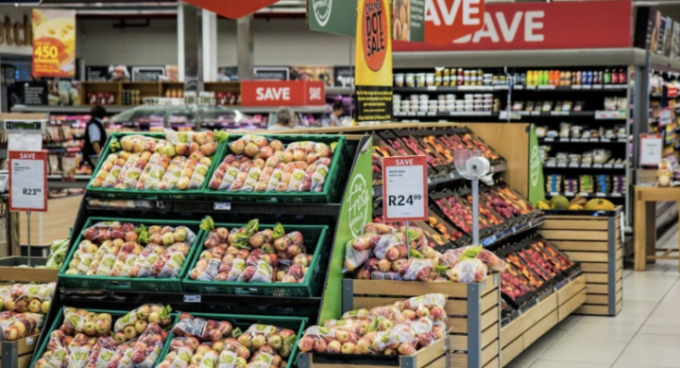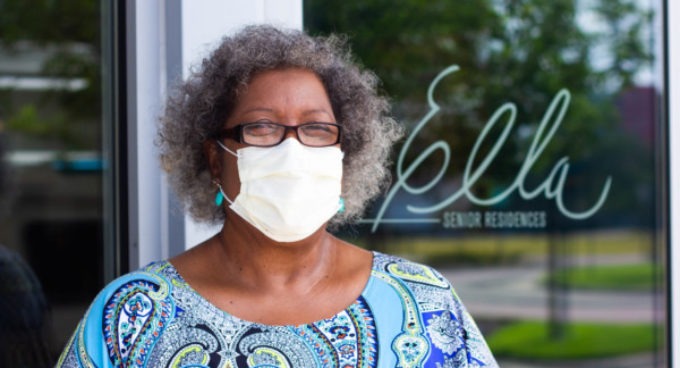This blog was originally published by Nonprofit VOTE on May 6, 2020.
Hunger in America impacts every single congressional district in the country, and the millions of people who are struggling with hunger have many barriers in front of them that may discourage them from participating in the voting process. People struggling with hunger are less likely to vote for multiple reasons, including lacking information about the process, having to constantly move for employment and housing reasons, and complicated voter registration rules. Political campaigns place little emphasis on engaging the people we serve to vote because they are not frequent voters, further discouraging individuals struggling with hunger from participating in the electoral process.
 Feeding America and its network of 200 food banks and 60,000 partner pantries and meal sites have spent decades building relationships with our neighbors in communities across the country – ensuring that we are helping through their hardest times. Our network of food banks touches college campuses to veteran centers across the country. We are their trusted partners in many parts of life, and we believe we have an opportunity to empower people in this important process of voting. We know we can help our neighbors in need get the information on why, how, and when to vote.
Feeding America and its network of 200 food banks and 60,000 partner pantries and meal sites have spent decades building relationships with our neighbors in communities across the country – ensuring that we are helping through their hardest times. Our network of food banks touches college campuses to veteran centers across the country. We are their trusted partners in many parts of life, and we believe we have an opportunity to empower people in this important process of voting. We know we can help our neighbors in need get the information on why, how, and when to vote.
In 2020, we will be working on several fronts to ensure as many people as possible go to the polls to vote to feed America. Our efforts include digital and on-the-ground efforts to encourage the people we serve to be registered to vote. In partnership with organizations like Nonprofit VOTE, we’ll aim to empower everyone – from college students to seniors who pass through our doors — to be part of the election process. We’ll also be working on a large effort to remind the people we serve, and all our supporters across the country, to make hunger a priority when going to the polls by knowing where their candidates stand on ending child hunger in America.
The current pandemic has increased the demand for food assistance at our food banks across the country. According to our research, an additional 17 million people in the United States could face hunger this year, many because of the effects of COVID-19. The crisis has only highlighted how vital food assistance programs are for millions of families, as 40% of Americans do not have enough cash on hand to cover a $400 emergency expense, according to the Federal Reserve. Americans across the country are realizing that lawmakers have tremendous influence in shaping policies and proposals that impact whether they’ll be able to put food on the table for their families. However, the need to social distance has made the task of registering to vote more challenging than ever. This makes our task of engaging people to vote even more urgent.



